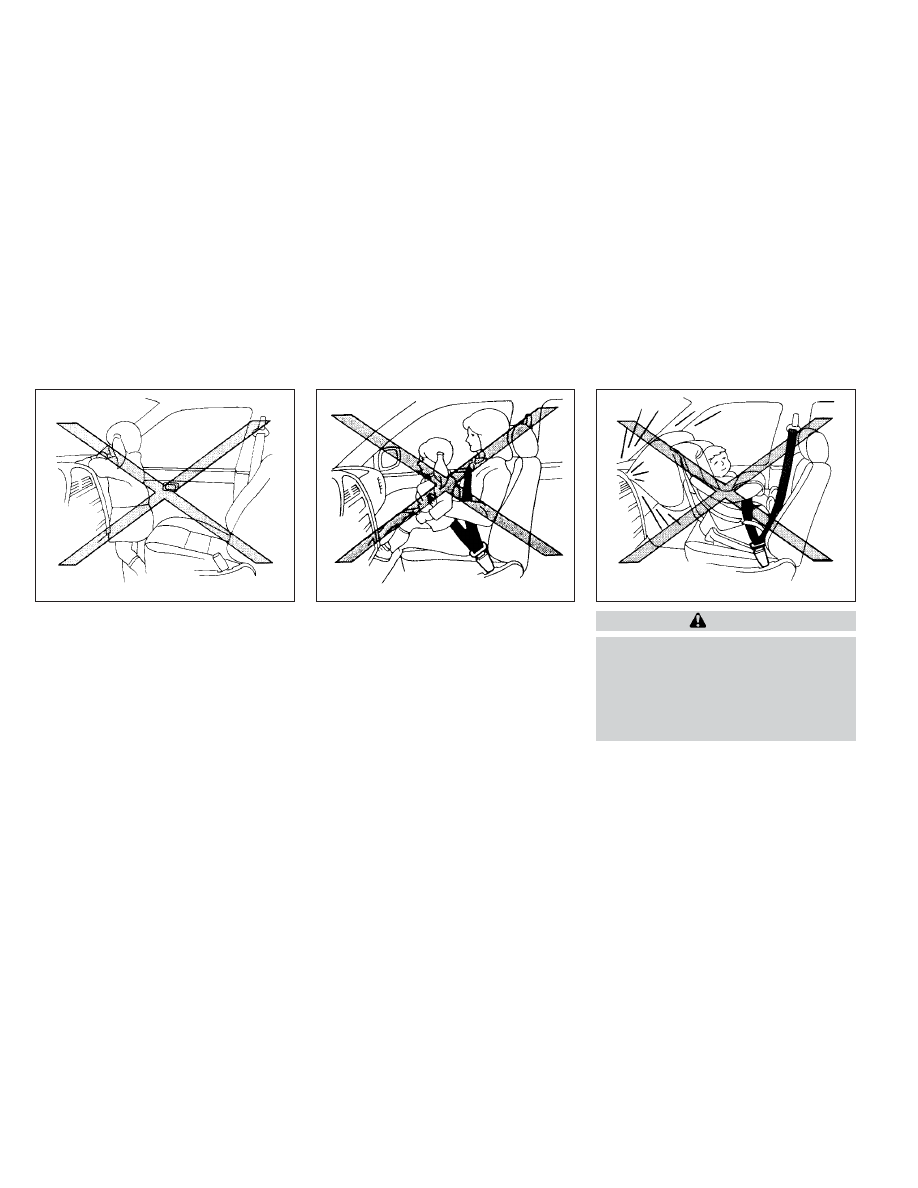Nissan Pathfinder (2022 year). Manual in english - page 6

WARNING
•
Even with the NISSAN Advanced Air
Bag System, never install a rear-
facing child restraint in the front seat.
An inflating front air bag could seri-
ously injure or kill your child. For ad-
ditional information, see “Child re-
straints” (P. 1-34).
ARS1044
ARS1045
ARS1046
Safety-Seats, seat belts and supplemental restraint system
1-65